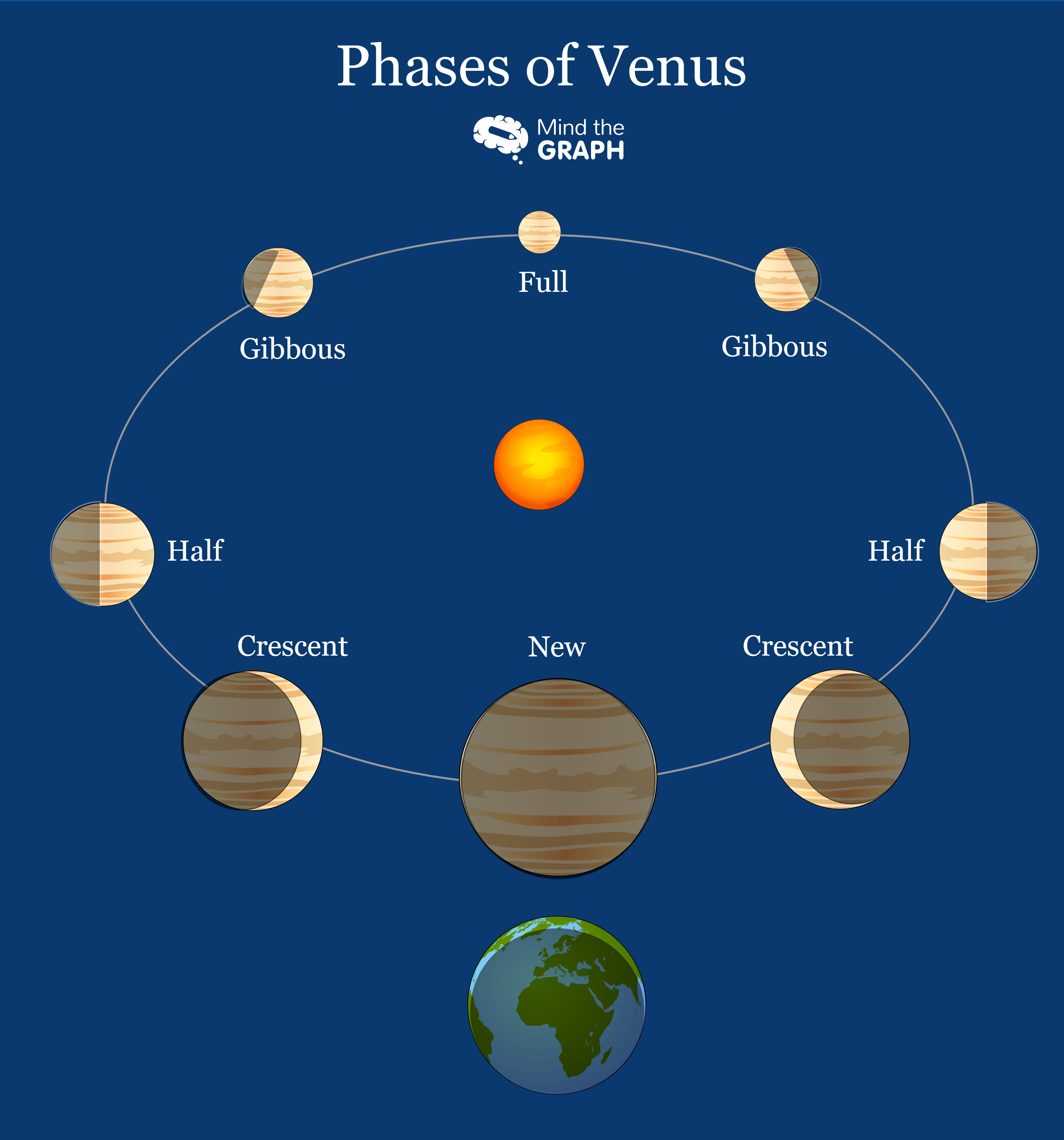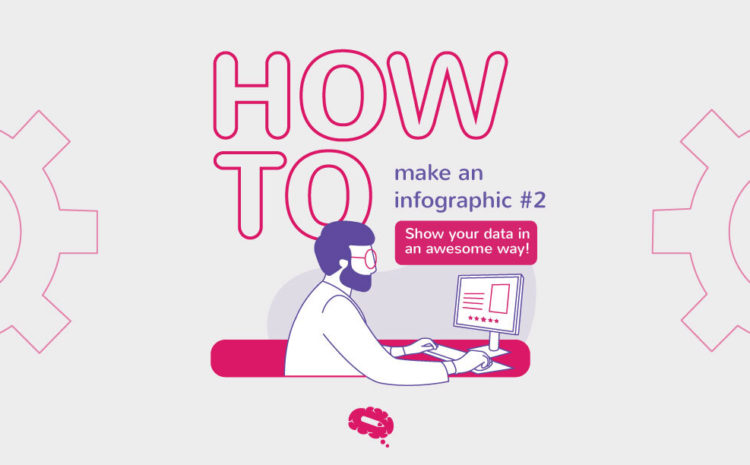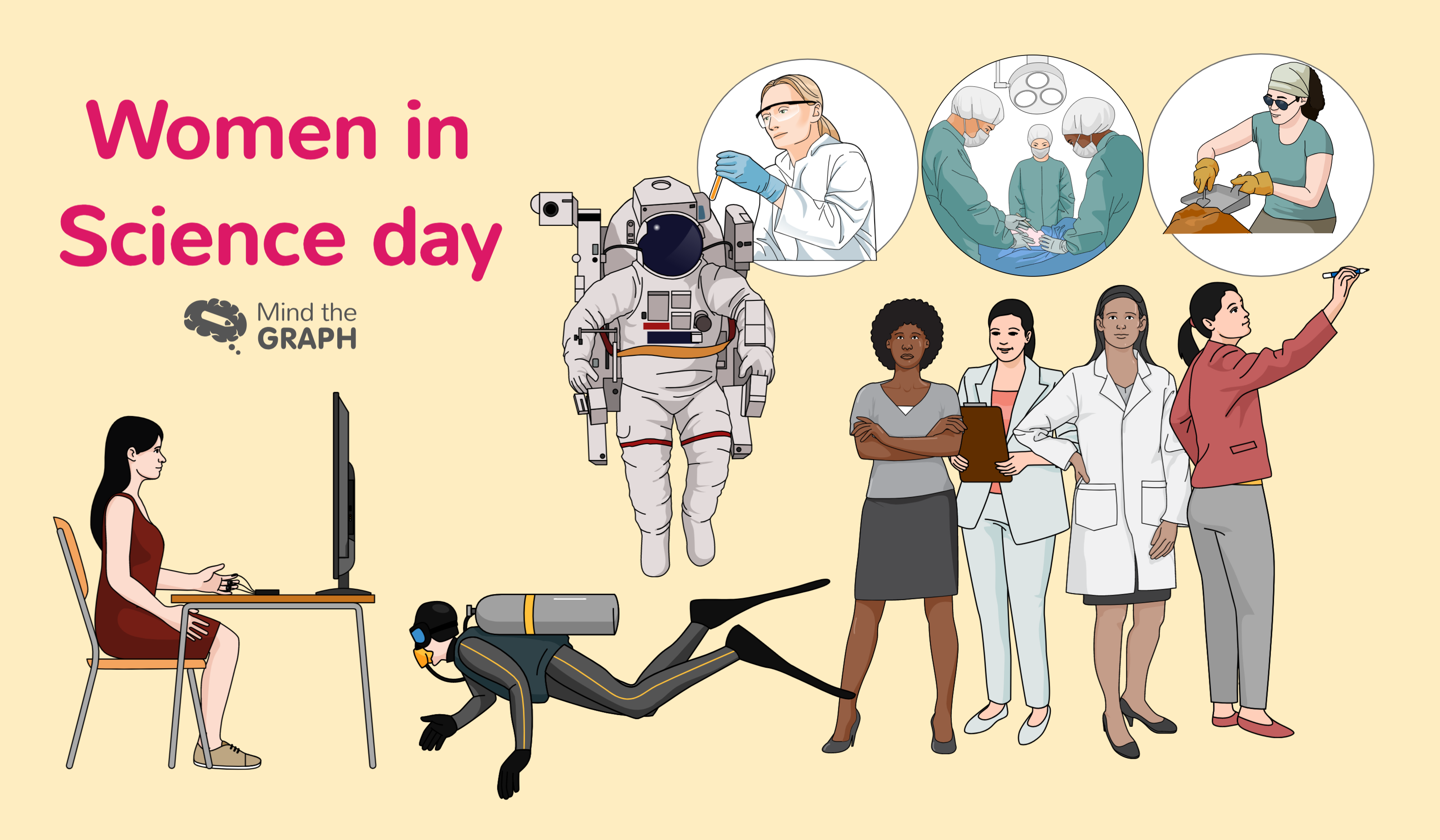Vitenskap må handle om nysgjerrighet og spørsmål, ikke om dogmer og fasitsvar. Lærerne må altså gjøre mer enn å undervise mot teorien om den flate jorda. Vi må undervise i den vitenskapelige metoden med å stille hypoteser, gjøre eksperimenter for å utforske observasjoner og svare på spørsmål. En fysikklærer, Rhett Allain, skrev om hvordan man underviser i den heliosentriske teorien, eller med andre ord hvordan man viser at jorden går i bane rundt solen.
Artikkelen ble publisert på Wired1, i rollen som Rhett Allain2 beskriver seg selv, sier han “is an Associate Professor of Physics at Southeastern Louisiana University. He enjoys teaching and talking about physics. Sometimes he takes things apart and can’t put them back together.”
“One of the major goals in this course is to help students understand the nature of science. In particular the idea that science is all about building and testing models. Throughout the course, the students collect data and build models of their own, but they also learn about existing scientific models, like the heliocentric (sun-centered) model of the solar system.”
Bekjempelse av falske nyheter som flat jord og geosentrisme - undervisning i vitenskapelig metode
03 Måter å vise at jorden går i bane rundt solen på
01. Venus' faser
Hva du trenger:
- En kikkert
- Noe tid
- Nysgjerrighet
Slik gjør du det:
- Finn ut når planeten Venus er synlig fra din posisjon. Du finner det på Google3. If it’s not up in the sky right now, just wait a few weeks and you should be able to see it again (without having to get up at 4 AM).
- Using the binoculars you should notice someting, isn’t a star and isn’t even circular. This happens because Venus has phases similar to the phases of the moon.
Se denne infografikken laget på Mind the Graph for å vise Venus' faser:
Men hva betyr dette for de geosentriske og heliosentriske modellene av solsystemet?
Det svarer læreren Rhett Allain på: “First, let’s recall what causes the phases of the moon. In short, half of the moon is illuminated by the sun. Since we look at the moon from different angles, we only see part of the illuminated half of the moon and this causes the phases. The exact same thing is true for Venus. So, if Venus has a crescent-shaped phases, that means that we are looking at the “back side” of Venus. If Venus has a full phase, we are looking at the “front side.” The only way for this to happen is if Venus orbits the sun.”
02. Jupiters måner
Hva du trenger:
- En kikkert
- Noe tid
- Nysgjerrighet
Slik gjør du det:
- Take a look at Jupiter (when it’s visible in the sky). You won’t really be able to make out details about the planet Jupiter, but you can see the four big moons. Yes, you can see the moons of Jupiter with binoculars.
Just like the phases of Venus, this doesn’t prove that the geocentric model is wrong. However, it is obvious that these moons are orbiting Jupiter and not the Earth. So, Earth isn’t the center of everything.
03. Mars' retrograde bevegelse
Hva du trenger:
- Tålmodighet
- Noe tid
Slik gjør du det:
Go outside at night and notice the location of Mars with respect to the background stars. Do this again the next night and you will notice that it is in a different location (with respect to the background stars). In fact, all of the planets do this—that’s how we know they aren’t stars.
However, if you keep tracking the motion of Mars you will notice that it moves to the east—except for some special times. Occasionally Mars will move west for short time before once again moving east. This is called retrograde motion.
Men hva betyr dette for de geosentriske og heliosentriske modellene av solsystemet?
Let’s consider the geocentric model with Mars orbiting the Earth. Every night it would move farther to the east. That makes sense. But how do you explain the times when it moves to the west? That’s just crazy.
Se på denne modellen av Mars og jorden i bane rundt solen:
In this model, both the Earth and Mars orbit a sun—please realize that this model is not to scale. This means that the angular velocity for the planets decreases with orbital distance. The Earth orbits “faster” than Mars. It is this region in which the Earth overtakes Mars that we get retrograde motion. Using a heliocentric model makes for a simple explanation of the retrograde motion of Mars.
These experiments show how the Earth orbits the Sun in a sphere shape. However, as the Rhett Allain wrote, “wouldn’t we fly off a spinning Earth? Wouldn’t birds have trouble flying to keep up with the Earth? In fact, it just doesn’t feel like the Earth is moving. The geocentric model of the solar system is completely reasonable until you start to collect better data. Or, to say this with respect to the Nature of Science: Some models are pretty good until you collect more data that says they aren’t good. That is the way science works.”
Visuell vitenskap mot pseudovitenskap som den flate jorda
Eksperimentene ovenfor er mye lettere å forstå med visuelle modeller og infografikk. Vitenskapen må være visuell for å nå ut til flere.
Jeg laget infografikken over Venus' faser ved hjelp av Mind the Graph. Hvis du likte den og også vil lage en for forskningen din, kan du prøve Mind the Graph.

Abonner på nyhetsbrevet vårt
Eksklusivt innhold av høy kvalitet om effektiv visuell
kommunikasjon innen vitenskap.






